Interpreting Neural Networks, Qure.ai
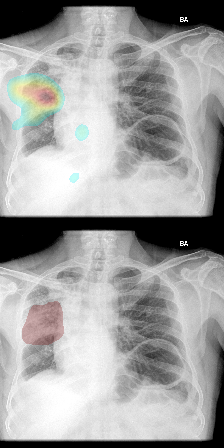
Interpretability of neural networks is a major challenge and is as well an integral component of the Chest X-Rays diagnostic solution at Qure.ai. I developed an internal library implementing various papers on interpretability to generate heatmaps and ensuring that these algorithms are compatible with all the models being developed. Our paper, in regards to this work, was presented in RSNA 2017 which is the largest radiology conference in the world with 50k+ attendees. The paper received Roadie 2017 award for the most popular abstract by page views by auntminnie.com. The work has been very well summarised in this blog post.
Another blog post, written by my team, introducing various visualization algorithms can be found here.
Automated Cardiac Delineation Challenge, MICCAI 2017, Qure.ai

We participated in Automated Cardiac Delineation Challenge 2017 where the objective was segmentation of Left Ventricle, Right Ventricle and Myocardium in a Cardiac MRI taken during Systolic as well as Diastolic phase. We proposed a Dice Loss function that inherently handles the class imbalance problem in Medical Image Segmentation, unlike the Cross Entropy Loss functions where we have to specify weights to handle imbalance.
The paper “ 2D-3D Fully Convolutional Neural Networks for Cardiac MR Segmentation” was presented in STACOM 2017 Workshop in MICCAI 2017.
X-Scan, Automated Chest X-Ray Diagnosis, Hack InOut 4.0 Winners
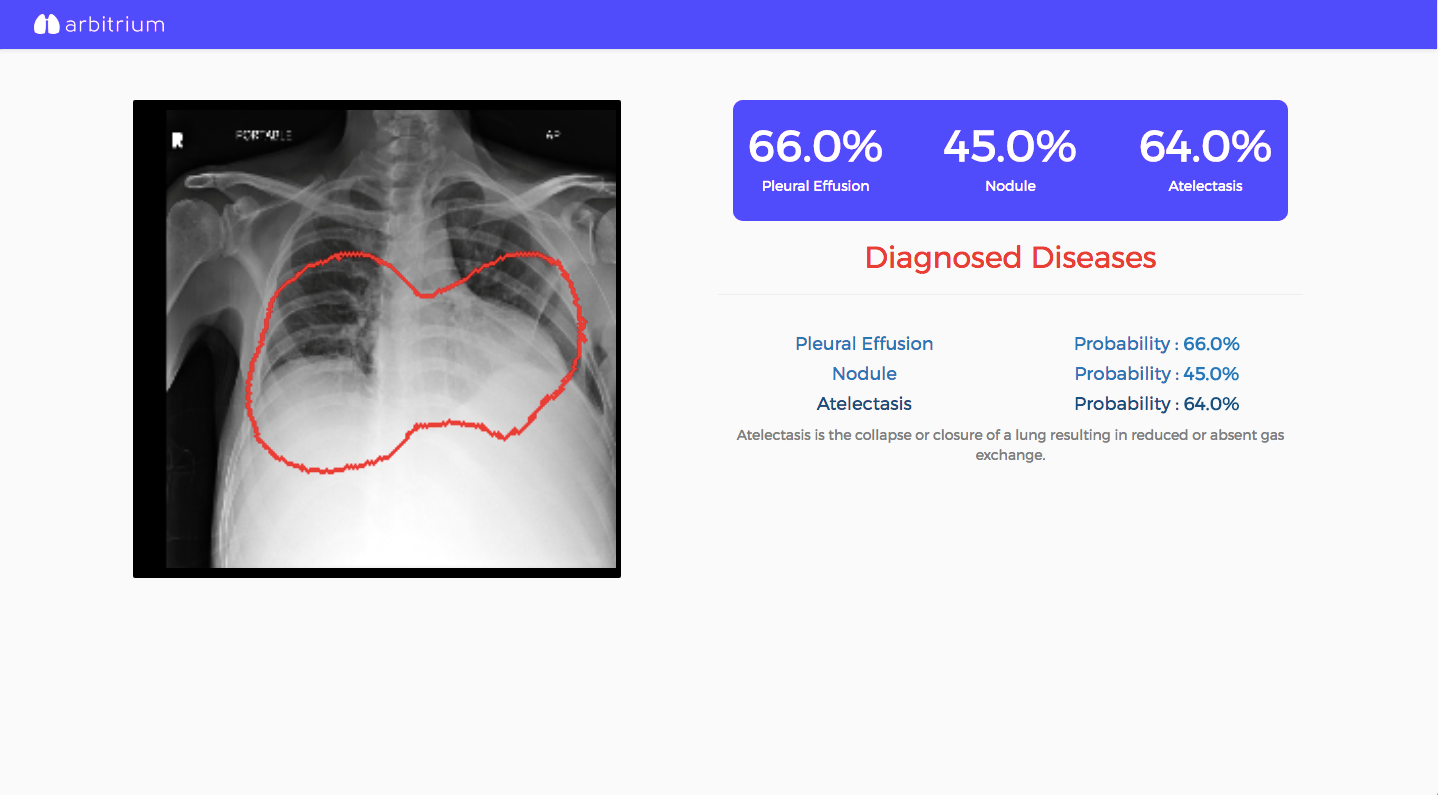
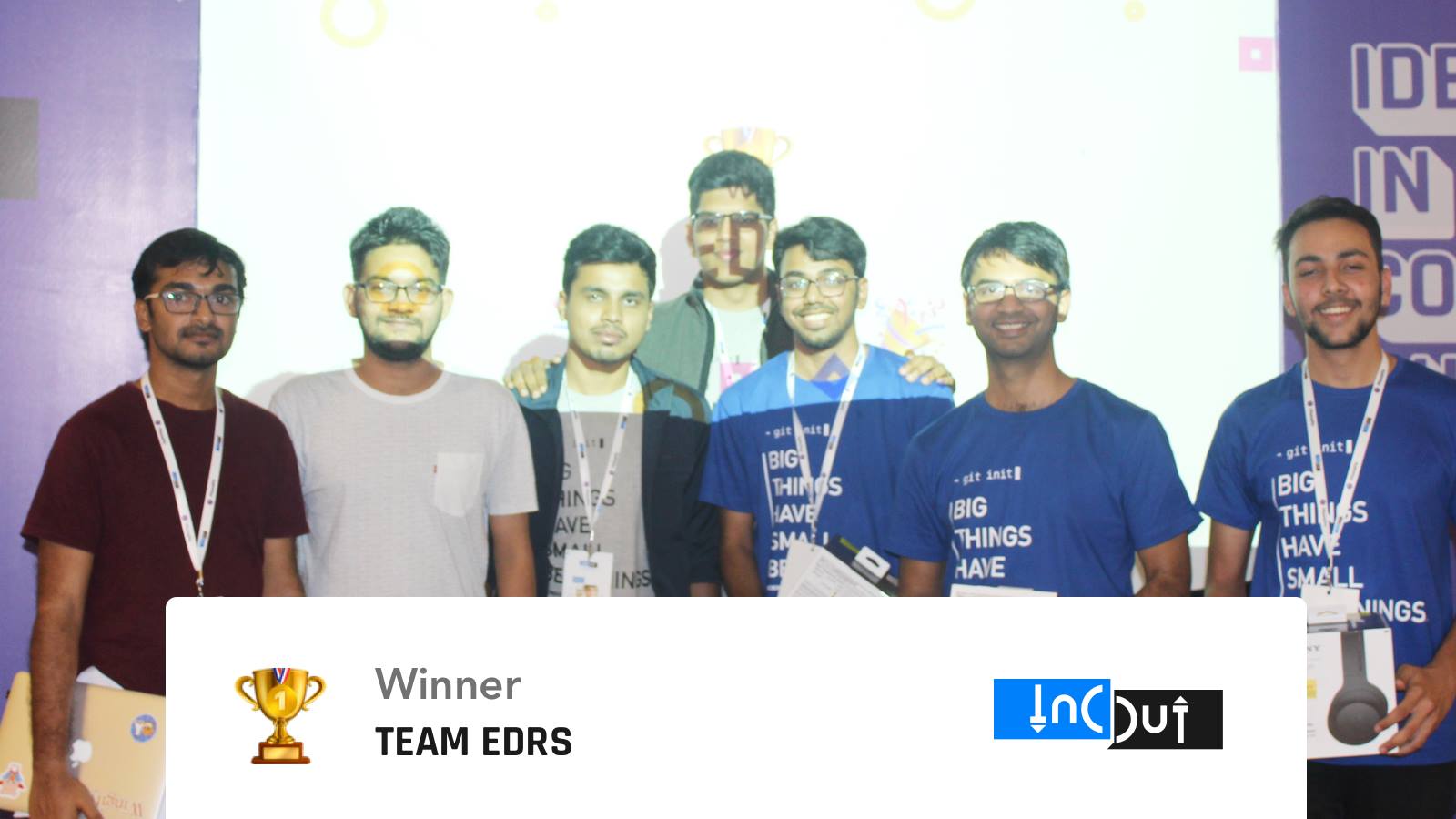
For Hack InOut 4.0, India’s biggest community hackathon, we built an end-to-end chest x-ray diagnostic solution trained on CXR8 dataset consisting of 100k+ Chest X-Rays. Our model predicted the accuracies of existence of each tag and as well segmented out the area of importance. Thus, doctors not only see probabilities but also why does the model predict so, what area of image has influenced it’s decisions. This was largely inspired from my work on Chest X-Rays at Qure.ai.
More details about the project can be found here.
Kaggle Ultrasound Nerve Segmentation Challenge, Qure.ai
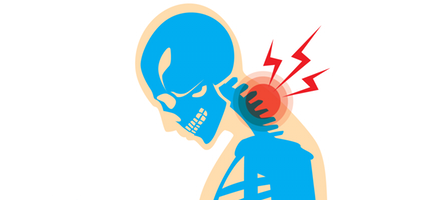
My first Kaggle competition and first experience with deep learning. We finished 28th on the leaderboard out of 923 participants. Our solution was an ensemble of modified U-Net and Fully Connvolutional Networks for Semantic Segmentation. We released a tutorial on torchnet which can be used to start with this competition.
Real-Time Air Quality Monitoring Network, 2015-16, IIT Bombay
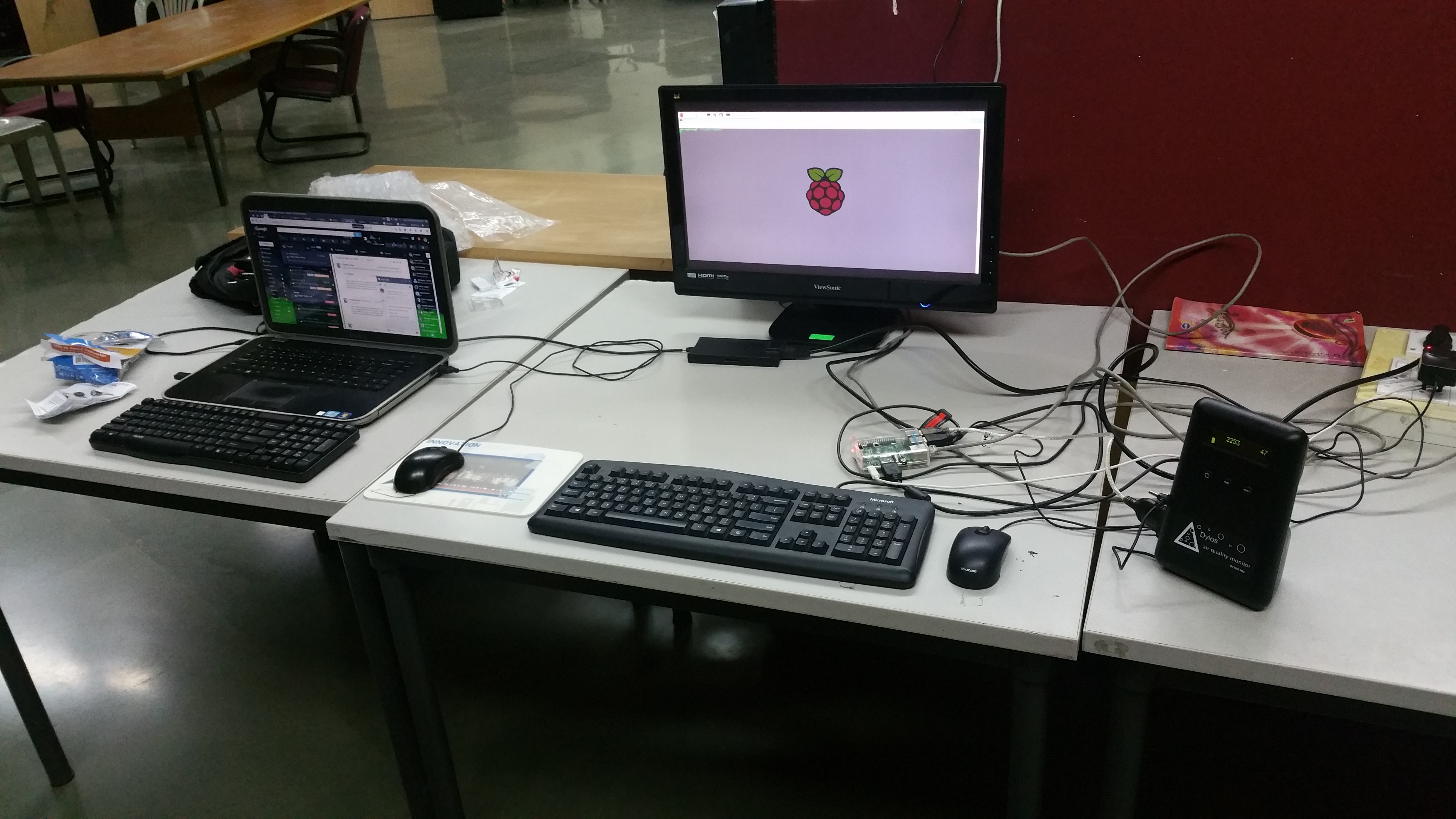
I developed a low-cost air quality monitoring network of sensors during my undergraduate thesis. This project was funded by Development Impact Lab, UC Berkeley and was done under the guidance of Prof. Bhaskaran Raman, CSE Dept., IIT Bombay. I collaborated with Ph.D. students in UC Berkeley and Professors in Environmental Science and Geographic Information Systems at IIT Bombay across different phases of the project. During the course of the project, we built hardware and drivers to measure and transmit data, backend server exposing secured APIs to record and serve data, applications built over these APIs for consuming the generated data and lastly, we designed validation experiments to compare our sensors alongside the standard monitors used by the government agencies.
Dylos Sensors were used with Raspberry Pi and GPRS board. The drivers on the raspberry pi were built over python and sMAP, implementation can be found here. The backend APIs were built using Django over Berkeley Tree Database and Giles. The implementation of the backend can be found here.
The project was presented to then Hon. Minister of Environment, Mr. Prakash Javadekar via IIT Bombay Global Business Forum 2015. Presentations, Reports and Articles published in relation to the project are listed below:
- Enabling air quality analysis using Berkeley software - By K. Shankari, Amplab, UC Berkeley
- BRAS update: Air quality graphs and twitter feed - By K. Shankari, Amplab, UC Berkeley
- RAQMN Twitter Channel
- Project Report
- IITBAA GBF 2015 Presentation
- Project Presentation